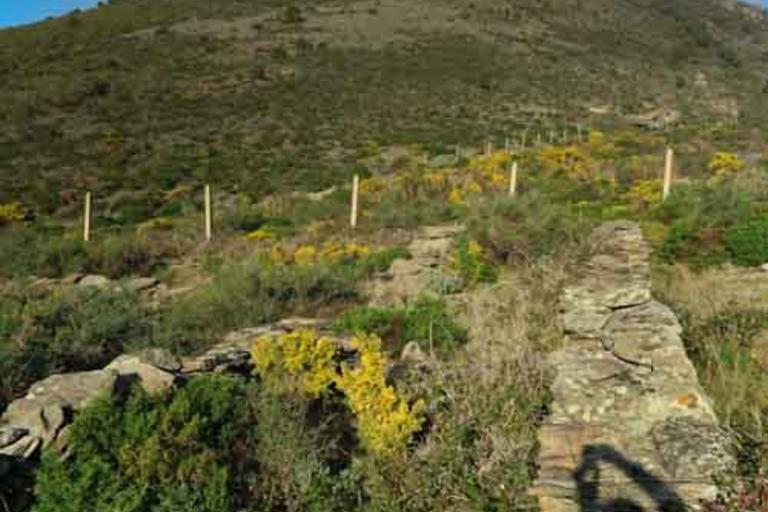
Introduction
(7th-9th century - Visigothic /High-Medieval period)
Rural church, probably linked to a monastery at the end of the Visigothic era. Identified with Saint Basil by a document from 1408 of the King Martí l'Humà, in which he was interested by the ancient vessels found near the Church, which could be bronze urns from the necropolis. However, these remains could also relate to the monastic cell of Santo Tomás de Mont Pení, documented in the 10th century. For this reason, its attribution to Saint Basil is doubtful.
The floorplan of the building has been identified as being very primitive and could be related to monks, common at that time, who had originated from the East in the fourth century. The nave, oriented towards the East, is divided into three rectangular rooms, a characteristic feature of these ancient churches, as is the access on the southern side. The building is constructed using the dry stone technique and one can see rows of slate slabs arranged using the spicatum technique, predominant in the walls of the high medieval era.